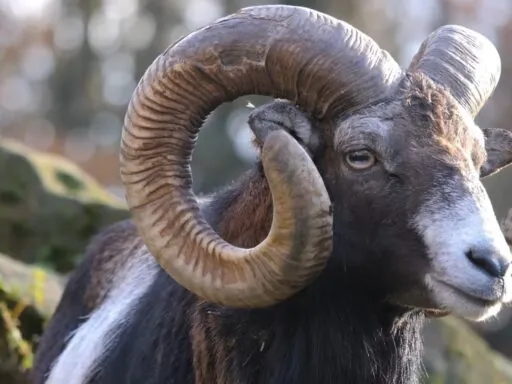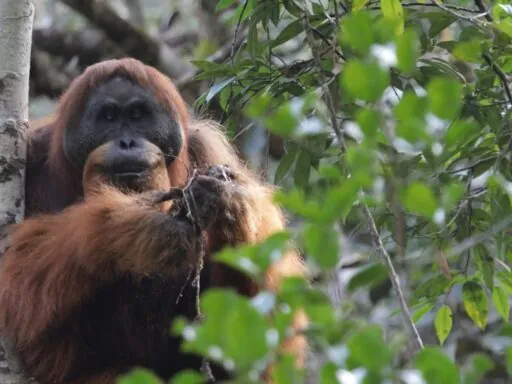Forests are teeming with life, offering a sanctuary to some of the most iconic and endearing creatures on the planet. The animals that live in forests are uniquely adapted to their lush, diverse environments, making these habitats vital to their survival. From the majestic Bengal tiger to the gentle giant panda, forest animals play crucial roles in maintaining the delicate balance of their ecosystems. In this article, we’ll explore the top 10 forest animals, each chosen for their remarkable qualities and the deep connection they share with their forest homes.
1. Orangutan
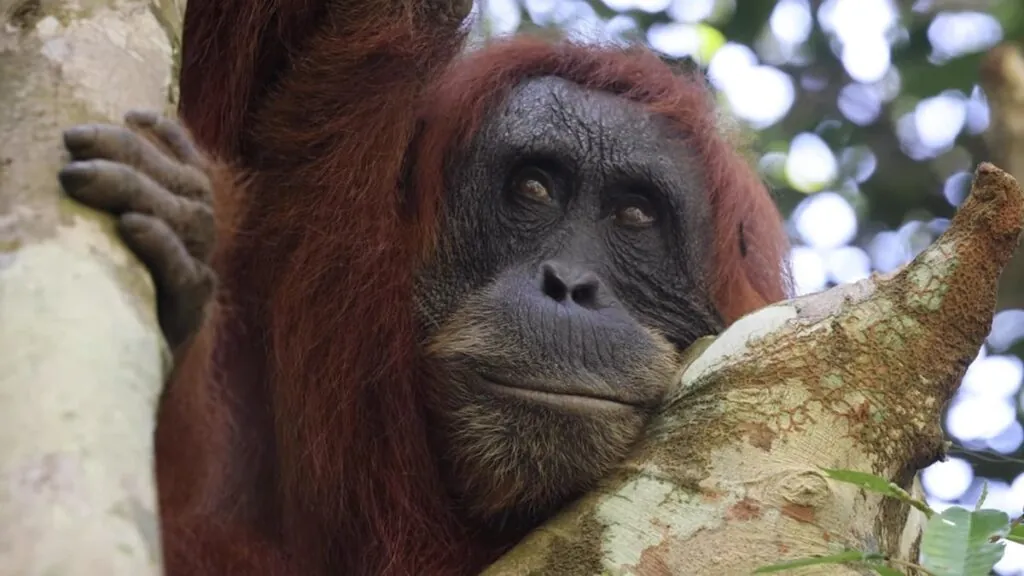
Orangutans, native to the lowland forests of Borneo and Sumatra, are incredibly intelligent and solitary creatures. They spend nearly their entire lives in trees, with Sumatran orangutans rarely descending to the ground. One of the most surprising facts about them is their role as the “gardeners of the forest.”
By consuming over 300 different types of fruits, they help disperse seeds throughout the forest, ensuring the health and regeneration of their habitat. Unfortunately, these great apes are critically endangered, with fewer than 70,000 Bornean and 14,000 Sumatran orangutans remaining in the wild, largely due to habitat loss and the illegal wildlife trade.
2. Jaguar
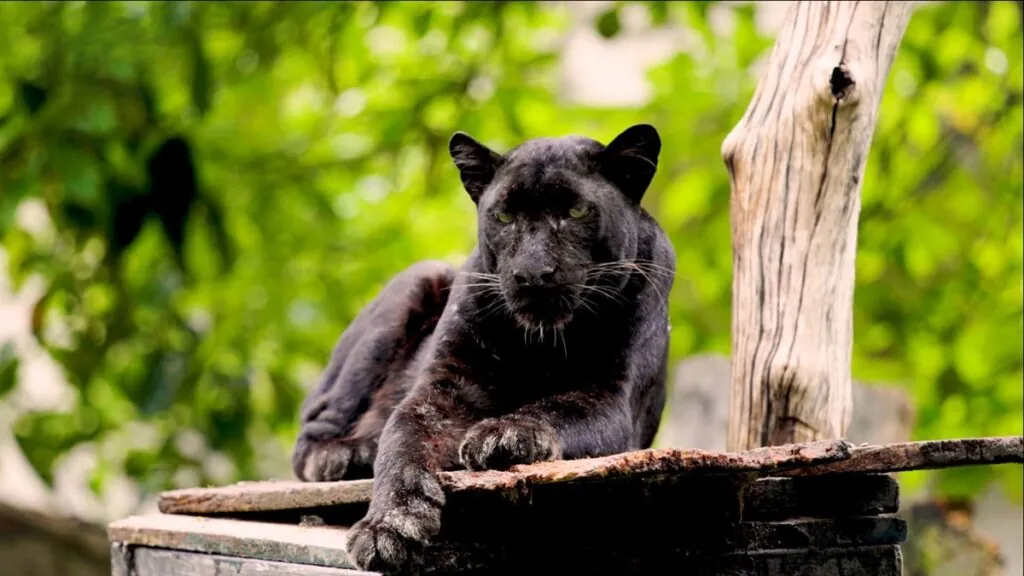
The jaguar (Panthera onca) is an apex predator native to the Americas, particularly found in the rainforests of the Amazon Basin. It is the largest cat species in the Americas and the third-largest in the world, following the tiger and lion. Jaguars are known for their powerful build, with short legs, stocky bodies, and broad heads, enabling them to have the strongest bite force among big cats, allowing them to pierce through the skulls of their prey.
Jaguars are solitary and territorial animals, preferring dense forest environments but can also be found in a variety of habitats, including scrublands and swamps. Their coat is typically yellow and covered with black rosettes and spots, although there is a melanistic variation known as the “black panther.”
3. Bengal Tiger
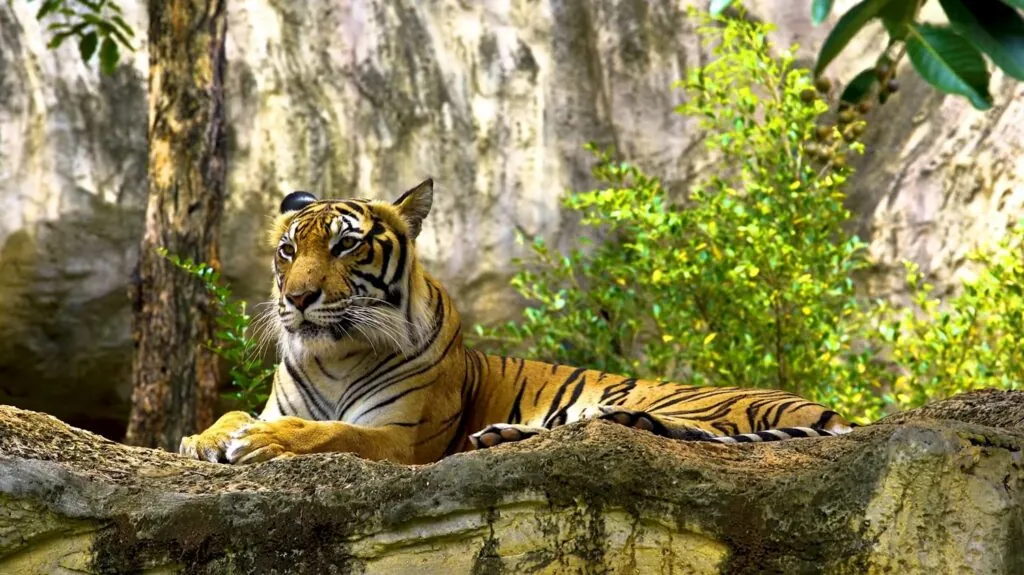
The Bengal Tiger, also known as Panthera tigris tigris, is a symbol of strength and majesty in the animal kingdom. These powerful cats can weigh up to 420 pounds and are known for their remarkable hunting abilities, particularly in the dense forests of India and surrounding regions. Bengal Tigers are solitary creatures, preferring to roam and hunt alone, primarily at night. A single punch from their massive paws is powerful enough to break the jaw of a cow.
Shockingly, despite their size, Bengal Tigers, one of the amazing forest animals, are agile climbers and skilled swimmers, allowing them to hunt both on land and in water. Their territories can span up to 200 square miles, and they fiercely defend these areas from other tigers. The Bengal Tiger’s roar can be heard up to 2 kilometers away, striking fear into any potential rival or prey. On the related note, got the scoop of Jaguar – one of the fascinating Amazon rainforest animals?
4. Asian Elephant
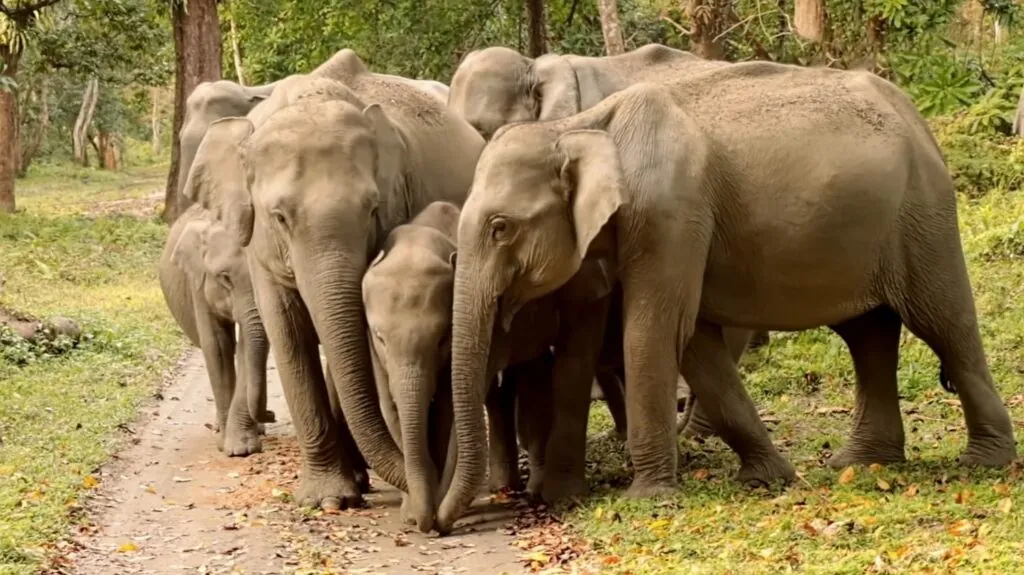
The Asian Elephant (Elephas maximus) is the largest land mammal in Asia and one of the most revered animals in the region. They are known for their unique cultural and spiritual significance, especially in countries like India, where they are often associated with the Hindu god Ganesha, symbolizing wisdom, strength, and good fortune.
Asian elephants, one of the amazing forest animals, are slightly smaller than their African counterparts and can be distinguished by their smaller, rounded ears, which are said to resemble the shape of the Indian subcontinent. Unlike African elephants, Asian elephants typically have only one “finger” at the end of their trunks, which is an extremely sensitive organ with about 150,000 muscle units.
5. Giant Panda
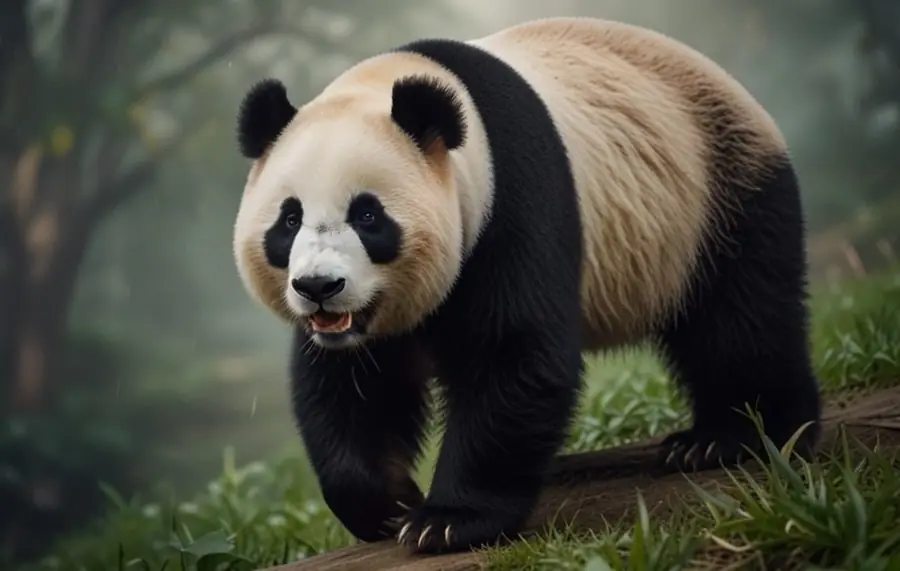
The Giant Panda, scientifically known as Ailuropoda melanoleuca, is a unique and captivating species native to the bamboo forests in the mountainous regions of central China. With their distinctive black-and-white coloration, pandas have become globally recognized and beloved.
Despite being a bear, the Giant Panda primarily subsists on a vegetarian diet, consuming almost exclusively bamboo. Due to their carnivorous ancestry, their digestive systems are not well-adapted to breaking down cellulose, so they must eat large quantities of bamboo—up to 40 kilograms daily—to meet their nutritional needs. Interestingly, although pandas are often thought to be poor breeders, wild panda populations have reproductive rates comparable to those of other bear species.
6. Red Panda
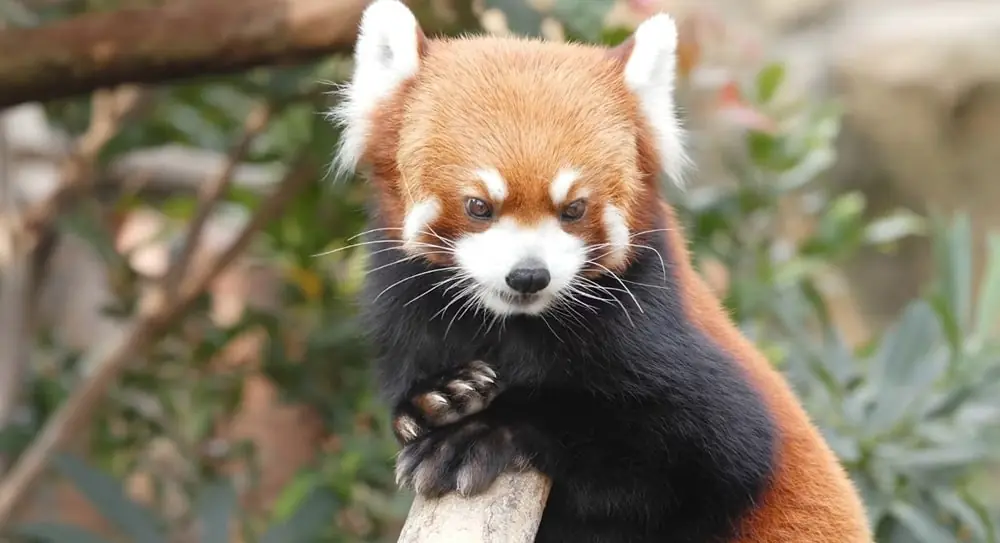
The red panda is a fascinating and highly adaptive forest animal, known for its striking appearance and unique behaviors. Native to the temperate forests of the Himalayas, this small, nocturnal creature spends much of its time in trees, using its bushy tail for balance while climbing. One of the most surprising facts about the red panda is its specialized diet—while bamboo makes up around 95% of its food intake, they also supplement this with fruits, insects, and small mammals. Interestingly, red pandas have a pseudo-thumb, an adaptation that helps them efficiently grasp and eat bamboo.
7. Gorilla
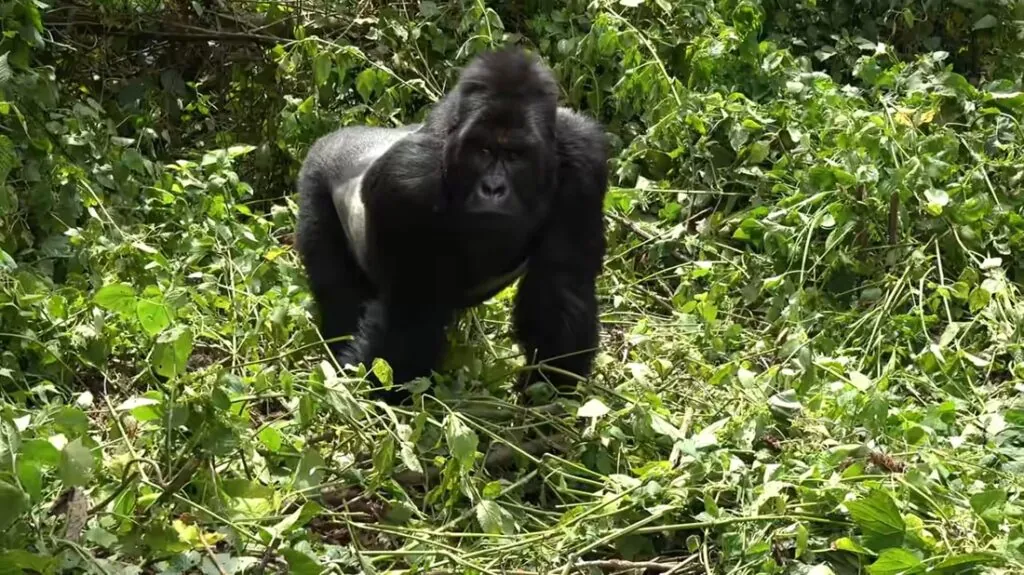
Gorillas, our close relatives, share 98% of their genetic code with humans. Despite their formidable size, gorillas are gentle giants with highly complex social structures. These family-oriented primates live in groups led by a dominant male, known as a silverback, who ensures the group’s protection and harmony. They are primarily herbivores, eating leaves, stems, and fruits, and even exhibit tool use, like extracting insects with sticks. Gorillas, one of the amazing forest animals, construct new sleeping nests daily from leaves and branches, and baby gorillas sleep with their mothers until they are old enough to build their own nests.
8. Koala

Koalas, often mistakenly called “bears,” are actually marsupials native to Australia. They live in eucalyptus forests, where they rely heavily on eucalyptus leaves for both food and water. Due to their low-nutrient diet, koalas spend most of their time sleeping, up to 18-22 hours a day, conserving energy. Their highly specialized digestive system and gut bacteria help them process the toxic leaves safely. However, the species is increasingly endangered due to habitat destruction, climate change, and diseases like chlamydia, which can cause infertility and blindness.
9. Sloth
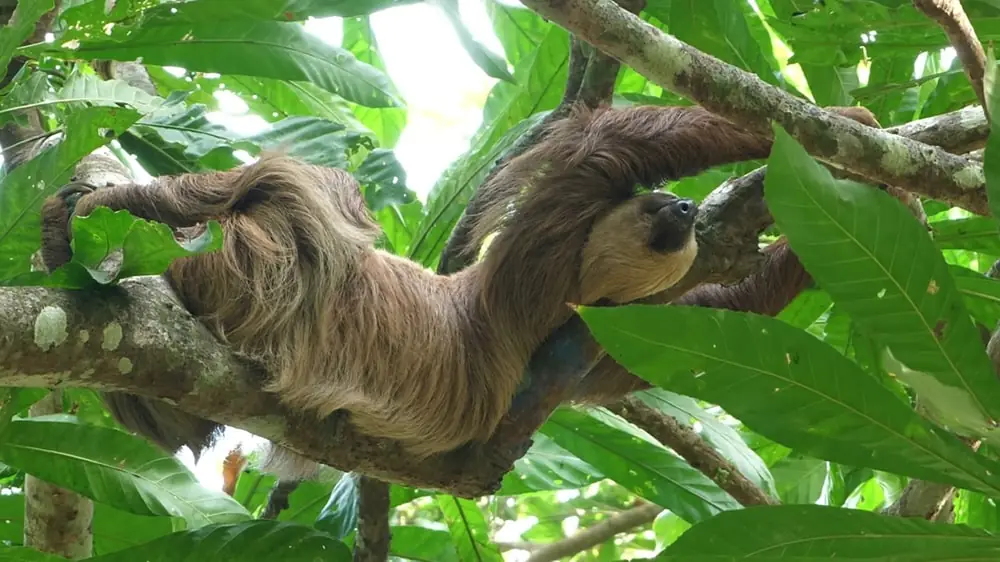
Sloths, one of the striking animals that live in forest, are fascinating creatures known for their incredibly slow movements and unique adaptations for conserving energy. They have one of the slowest metabolic rates of any mammal, estimated to be only 40-74% of what is typical for their size. This slow metabolism helps them survive on their low-calorie, leaf-based diet, which can take them anywhere from 50 to 157 hours to digest. Astoundingly, despite their relaxed pace, sloths are strong, with specialized muscle arrangements that allow them to hang effortlessly from trees for long periods. Their thick fur is not just for warmth—it hosts entire ecosystems of algae, fungi, and even moths.
10. Snow Leopard
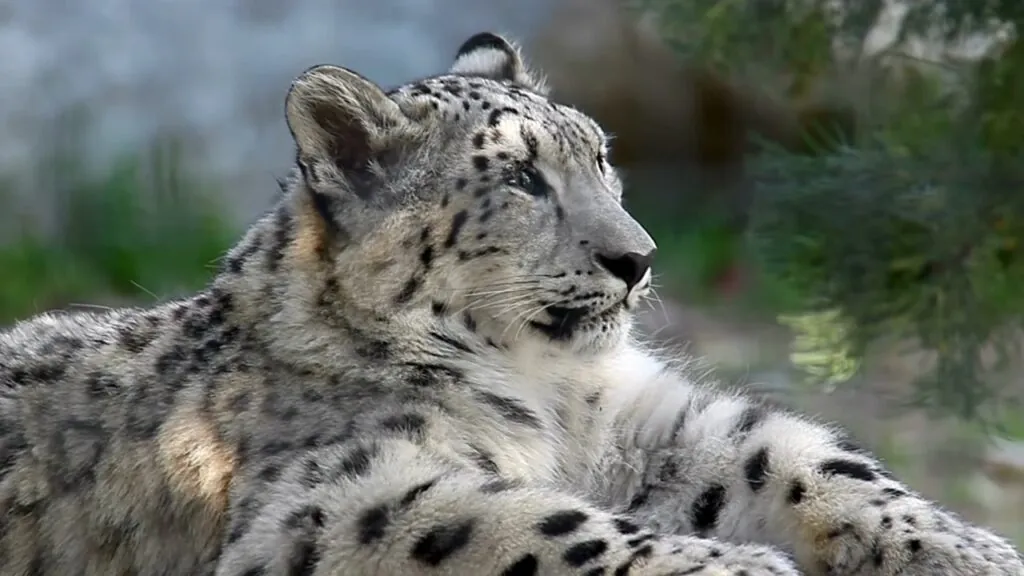
The snow leopard, known as the “ghost of the mountains” due to its elusive nature, is a solitary and highly camouflaged predator. Found in Central Asia’s mountainous regions, snow leopards can thrive at elevations up to 18,000 feet. They use their long tails for balance and warmth and their thick fur as insulation against extreme cold. Surprisingly, unlike other big cats, snow leopards cannot roar.
Instead, they communicate through mews, growls, and a unique sound called “prusten” or chuffing. Although there are an estimated 4,000 to 6,500 snow leopards left in the wild, they are listed as vulnerable due to threats like habitat loss, poaching, and human-wildlife conflict.
In crafting the top 10 forest animals list, several factors were considered to highlight both their iconic status and endearing traits. The animals were ranked based on their cultural significance, unique adaptations, and appeal as forest dwellers. Intelligence, like that of orangutans and gorillas, was valued, while physical prowess and beauty, seen in the jaguar and Bengal tiger, contributed to their iconic standing.
